On March 26, the Vietnam International Shrimp Technology Exhibition (VietShrimp 2025) took place in Can Tho. The fair was attended by 150 domestic and international enterprises with 200 booths. This is an opportunity for seafood experts, businesses, and the aquaculture community to discuss solutions for the shrimp industry to affirm its export position in the international market.
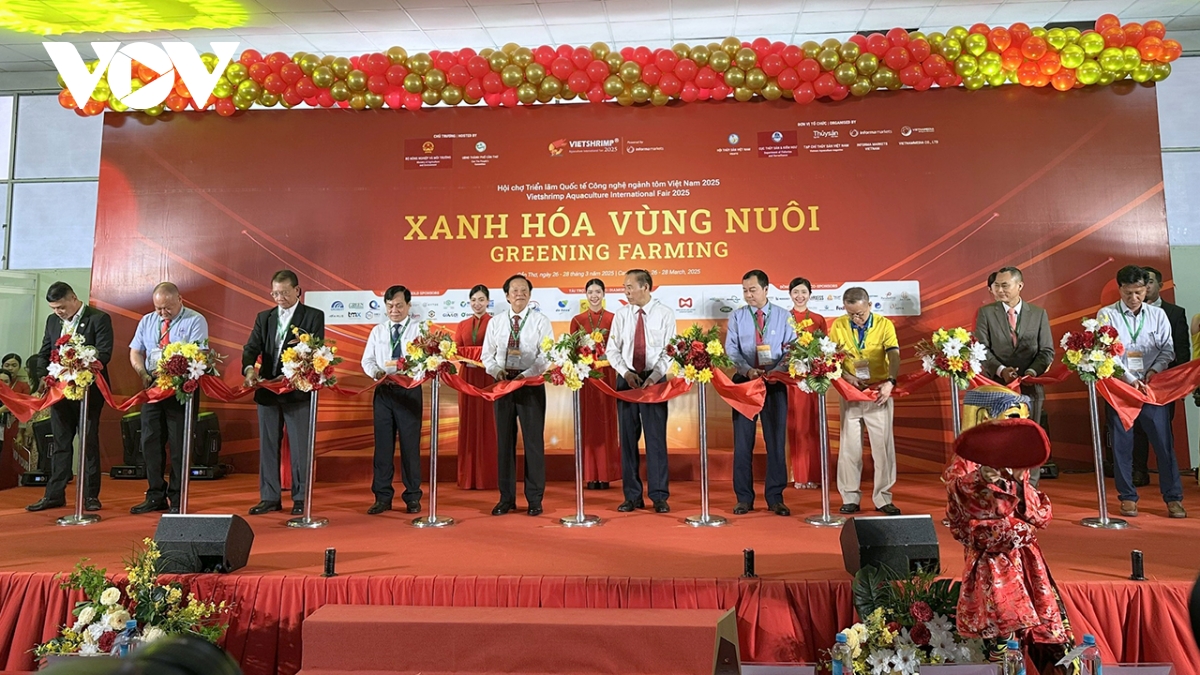
According to the Department of Fisheries and Fisheries Control, Ministry of Agriculture and Environment, by 2024, Vietnam has exported seafood to more than 170 countries and territories, becoming one of the three largest seafood exporting countries in the world, with a turnover of more than 10 billion USD. In particular, the shrimp industry has played an important role in seafood exports over the past two decades, contributing about 40-45% of the total seafood export value each year, equivalent to 3.5-4 billion USD. Along with that, the strong development of aquaculture has created jobs and increased income for millions of farming households. However, due to the "hot" development, the farming environment in many farming areas has changed, causing degradation and pollution.
Mr. Nguyen Viet Thang, Chairman of the Vietnam Fisheries Association, said that shrimp brings high economic value not only to shrimp farmers but also to the country's economy. In 2024, the country's shrimp farming output will reach more than 1.2 million tons, bringing in an export turnover of more than 4 billion USD. The growth in shrimp productivity and export turnover is largely due to the fact that science and technology and high-tech models have been and are being increasingly widely applied in shrimp farming.
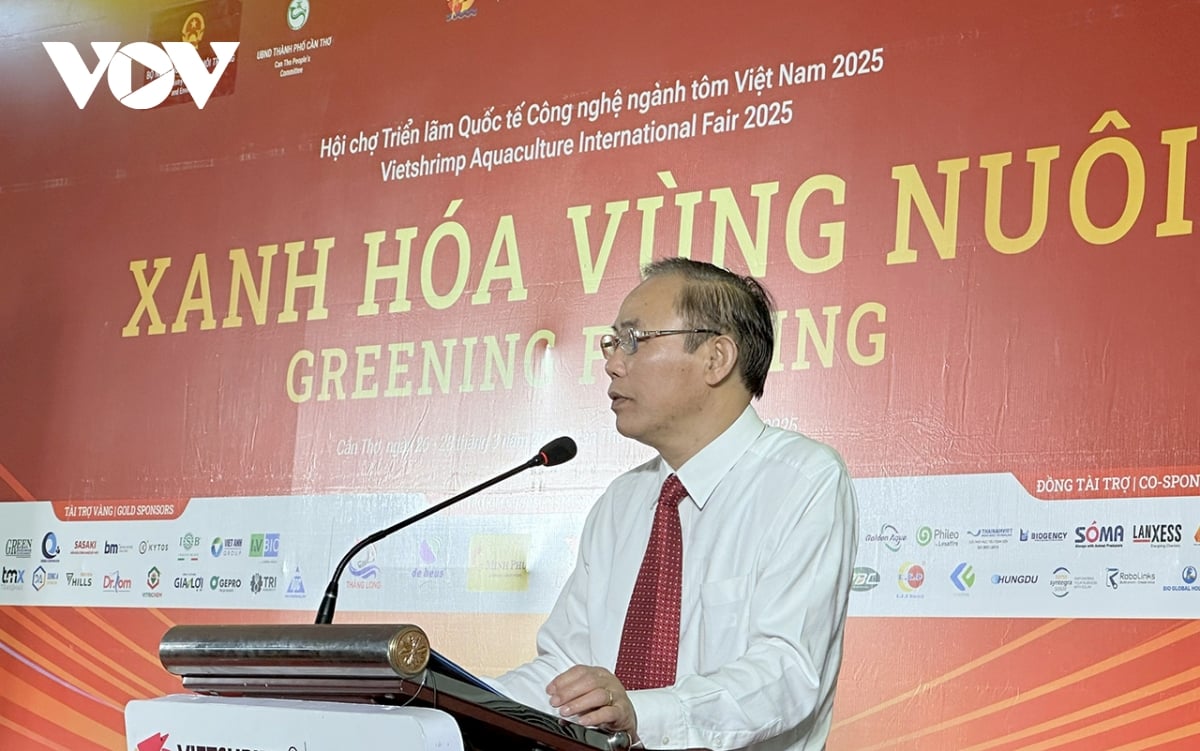
However, Chairman of the Vietnam Fisheries Association Nguyen Viet Thang said that in recent years, along with improving the productivity and quality of farmed shrimp, finding solutions to develop the shrimp farming sector effectively and sustainably has always been sought by the agricultural sector and localities, especially when the requirements of the world market are increasingly stricter, requiring higher environmental friendliness.
At the opening ceremony of the fair, Deputy Minister of Agriculture and Environment Phung Duc Tien said that over the past two decades, the shrimp industry has always played an important role in Vietnam's seafood exports in particular and in the development of the economy in general. The shrimp industry has made constant efforts to make Vietnamese shrimp one of the main export products to the international market, making Vietnam one of the world's leading shrimp suppliers.
In 2024, the Vietnamese shrimp industry overcame many challenges to achieve an export turnover of over 4 billion USD, an impressive achievement in our country's shrimp exports. In 2025, it is forecasted that the shrimp industry will continue to face many difficulties and challenges due to slow recovery of the world economy, increasing input costs, pressure on trade competition, new and increasingly stringent market requirements on environmental protection and sustainable development.
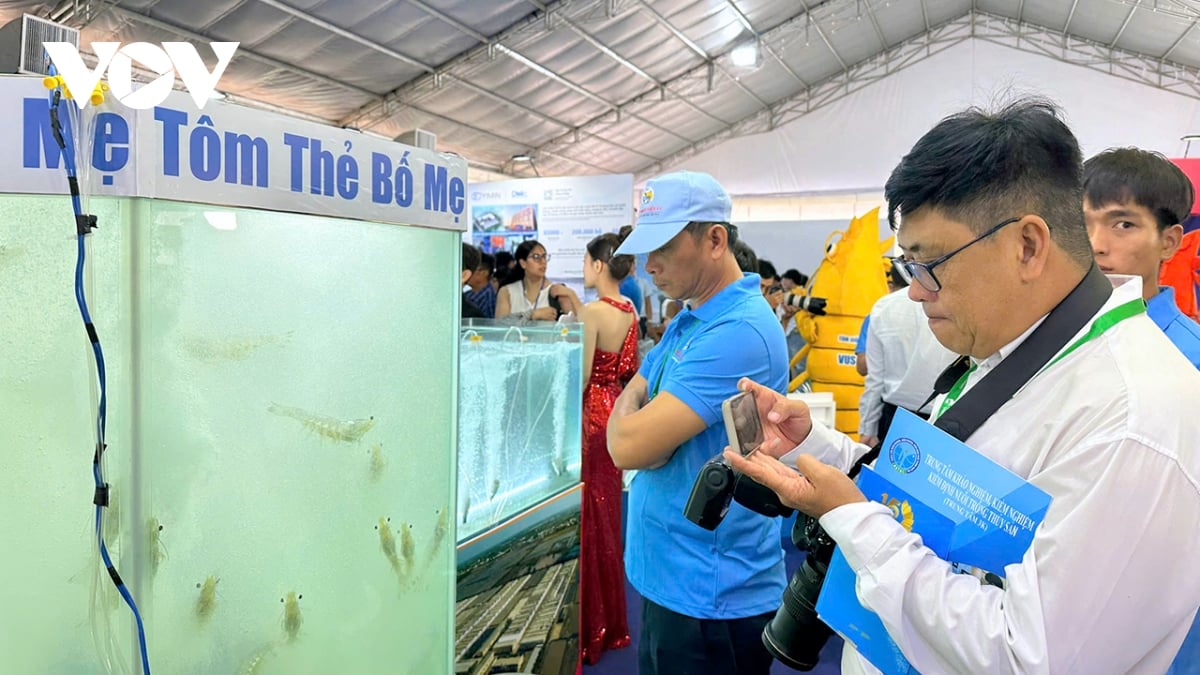
In the first two months of 2025, Vietnam's shrimp exports reached more than 542 million USD, up 30% over the same period in 2024. The recovery of some major markets, the US, Japan, the EU, the effective implementation of free trade agreements, and making good use of market policies are opportunities for Vietnamese shrimp to "breakthrough" in 2025.
Deputy Minister of Agriculture and Environment Phung Duc Tien emphasized that the shrimp industry is entering a green revolution phase with a strong change in production methods and models from traditional to sustainable production. Many enterprises have proactively invested in green shrimp farming technology, minimizing environmental impacts and meeting the standards of international markets. Along with that, farming is directed towards reducing carbon emissions and increasing environmental friendliness.
“There are still many challenges in farming conditions, climate change, environmental pollution, urban pollution, craft village pollution, hospital pollution, industrial park pollution surround shrimp farming areas. Meanwhile, aquaculture infrastructure in general and shrimp farming infrastructure in our country are still very weak, the rate of extensive farming and earthen pond farming is still very high. Agriculture in general must follow three synchronous directions: circular economy, emission reduction, and digital transformation,” said Deputy Minister Phung Duc Tien.
Faced with challenges from the market and climate change, Vietnam has transformed its shrimp farming model towards a circular approach to optimize inputs and outputs. Greening the production chain and standardizing production so that the Vietnamese shrimp industry can continue to affirm its position in the world market.
Source: https://vov.vn/kinh-te/nganh-nuoi-tom-dang-buoc-vao-giai-doan-cach-mang-xanh-post1187405.vov



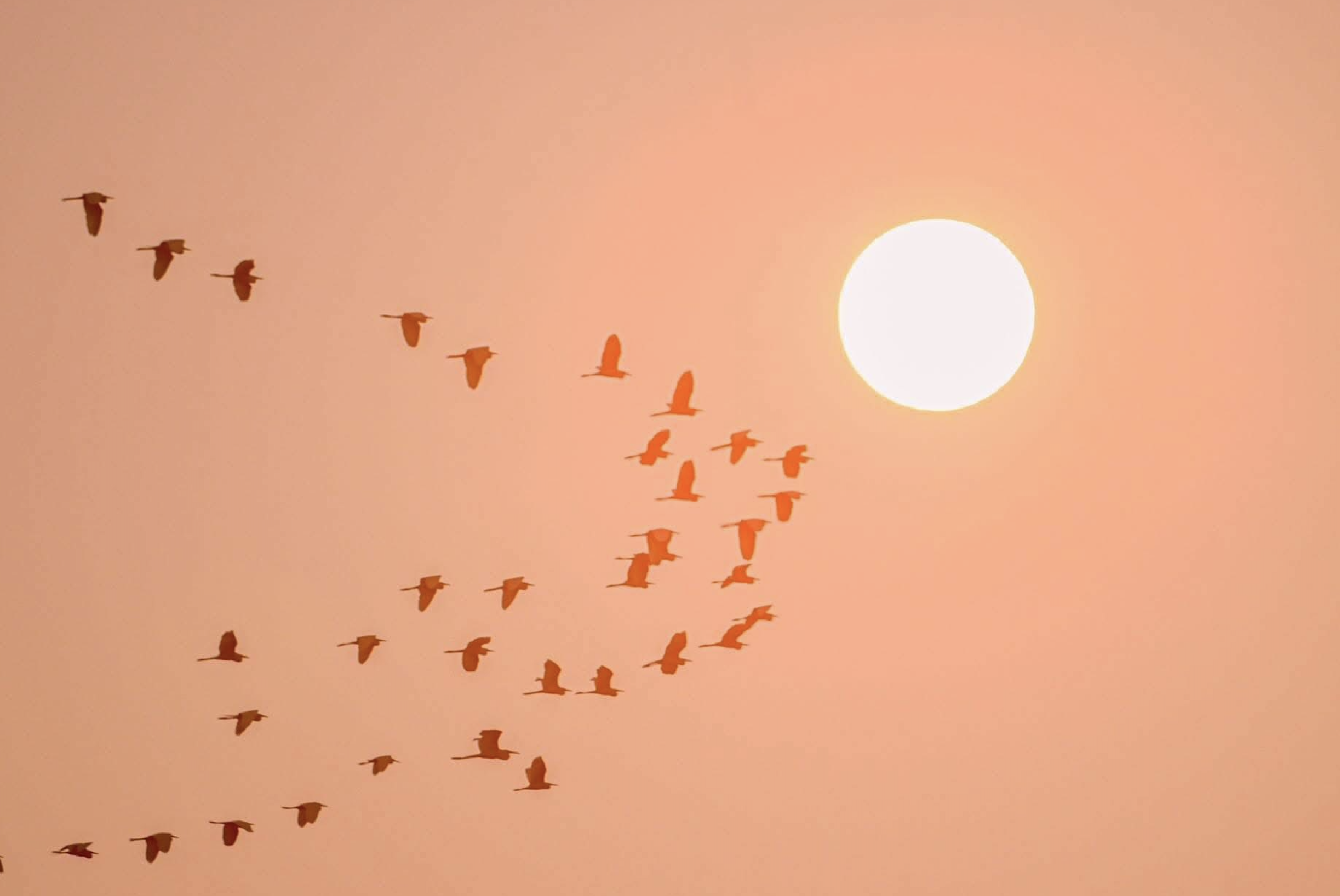
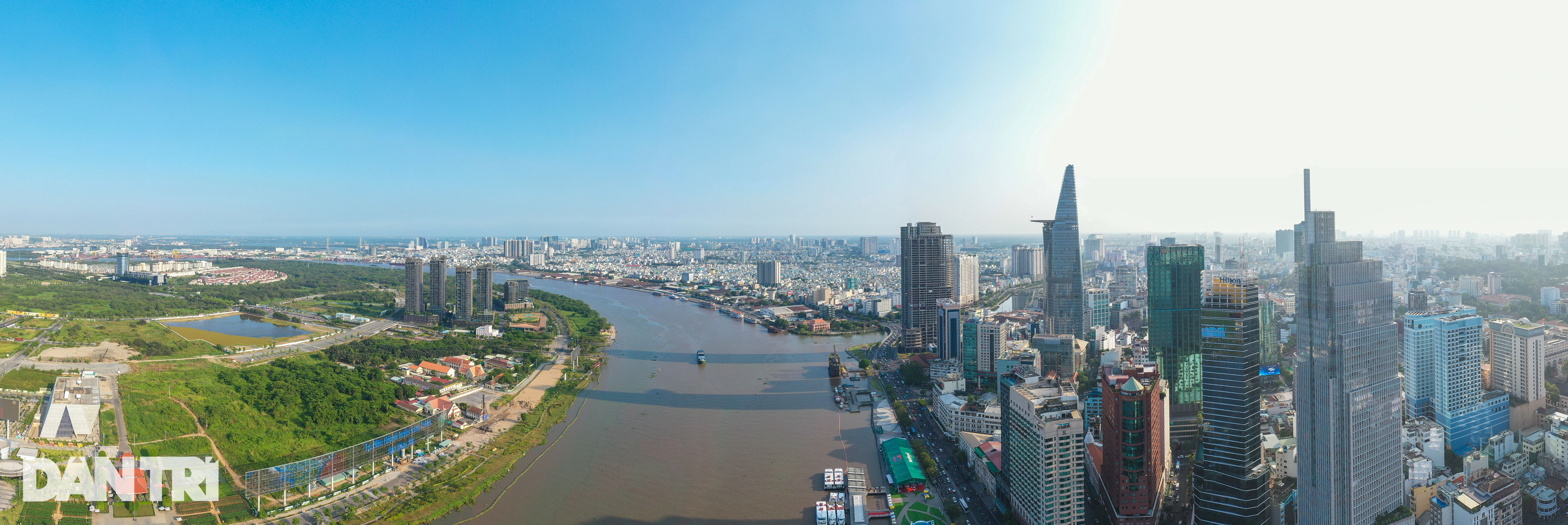
![[Photo] Brazilian President visits Vietnam Military History Museum](https://vstatic.vietnam.vn/vietnam/resource/IMAGE/2025/3/29/723eb19195014084bcdfa365be166928)
![[Photo] Prime Minister Pham Minh Chinh and Brazilian President Luiz Inácio Lula da Silva attend the Vietnam-Brazil Economic Forum](https://vstatic.vietnam.vn/vietnam/resource/IMAGE/2025/3/29/f3fd11b0421949878011a8f5da318635)

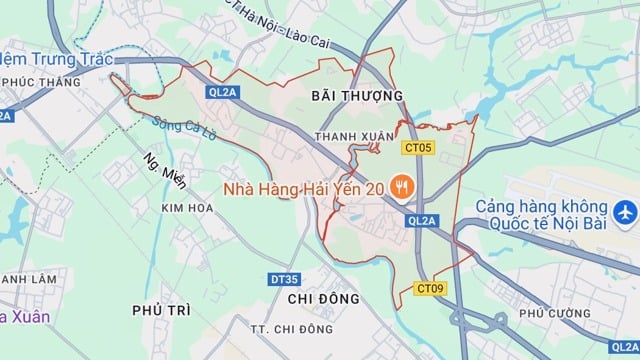
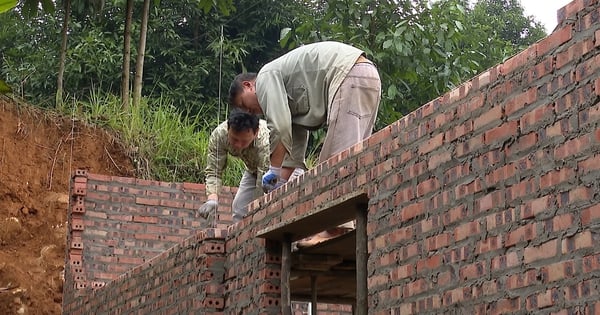
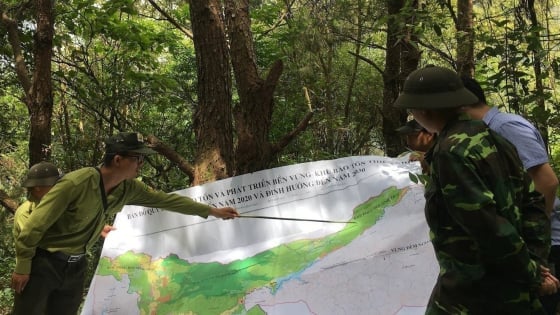

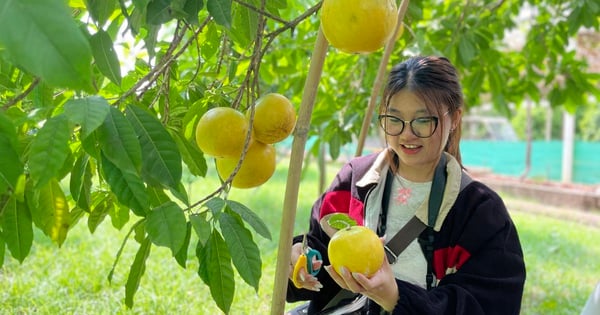
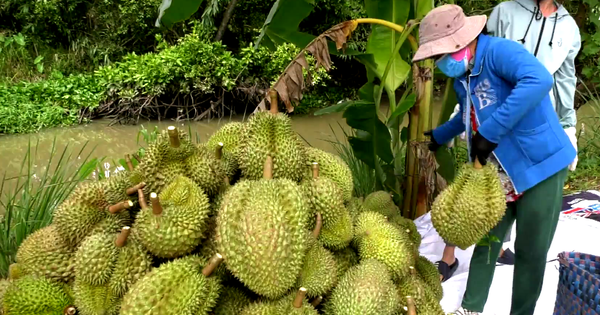



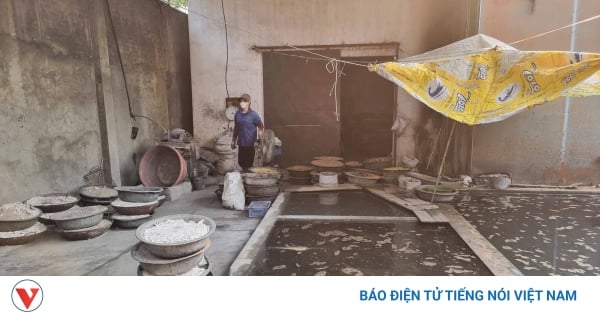
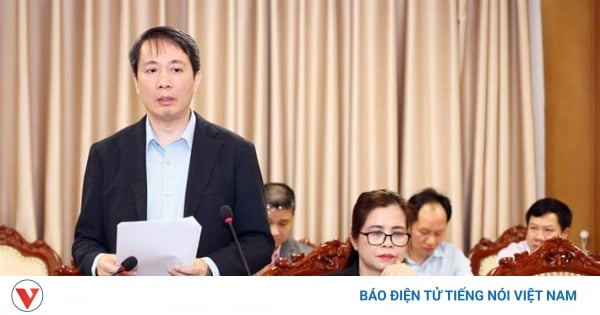

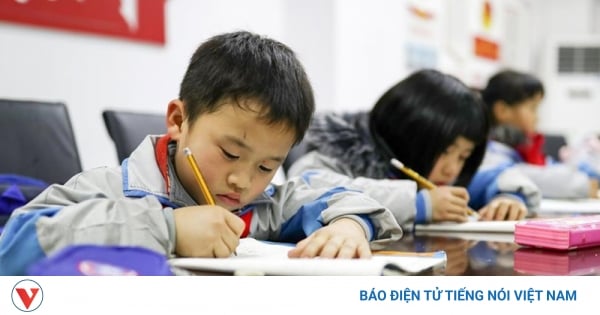
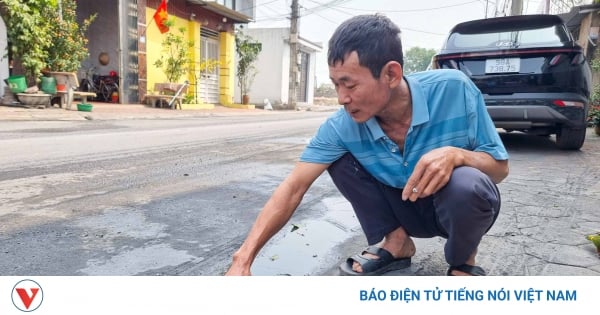





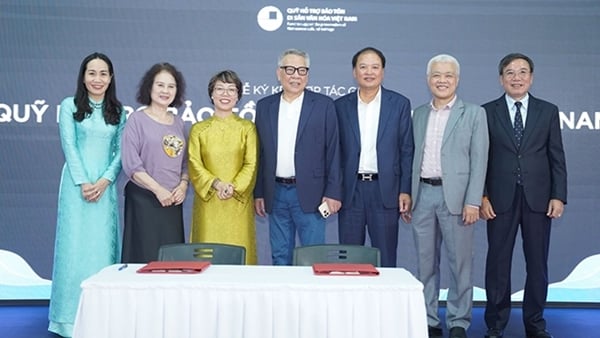
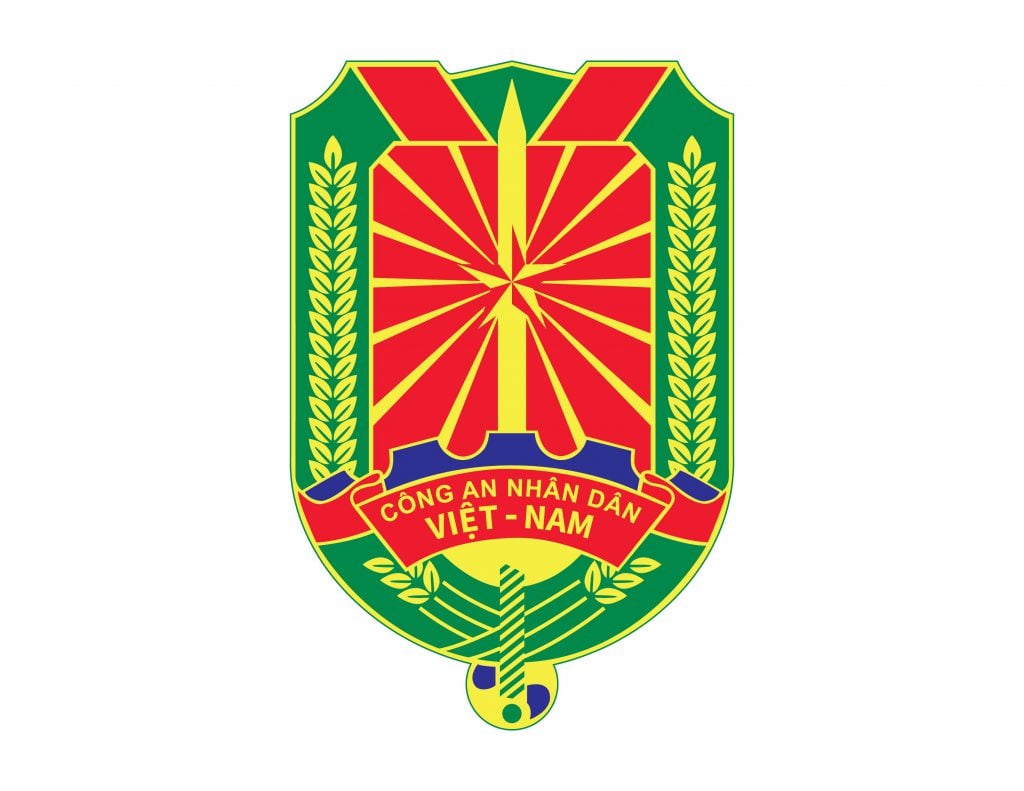




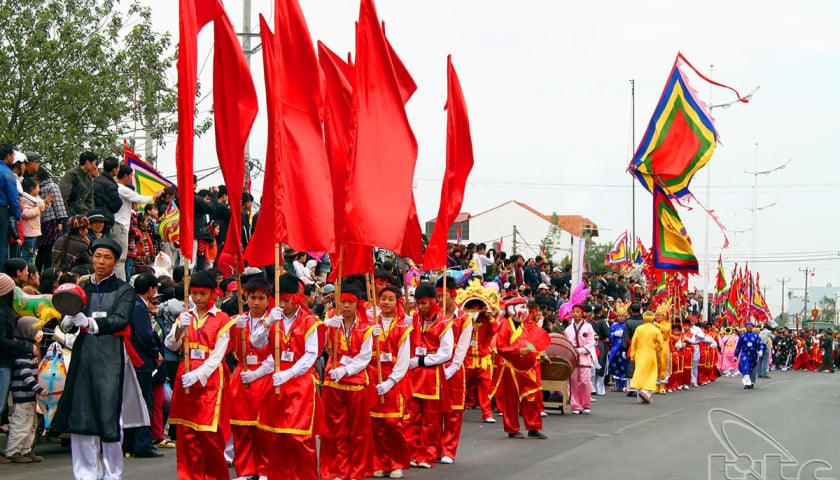




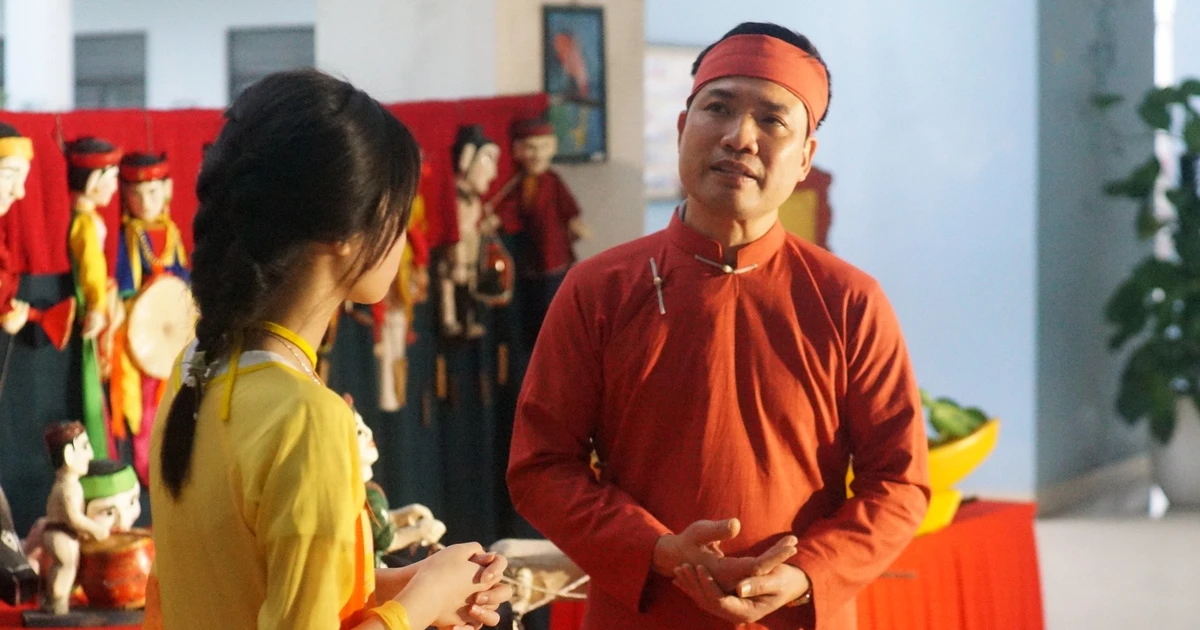
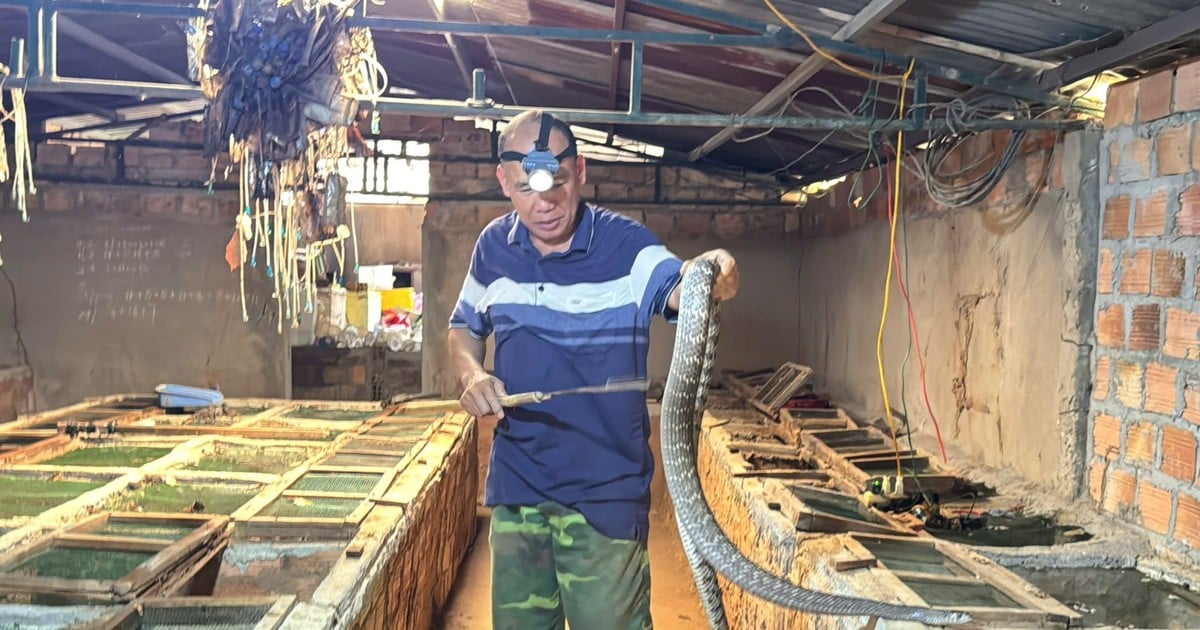
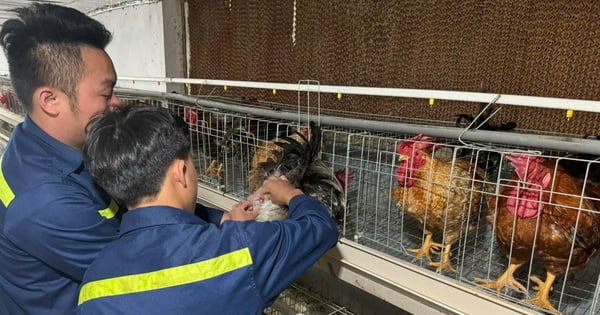

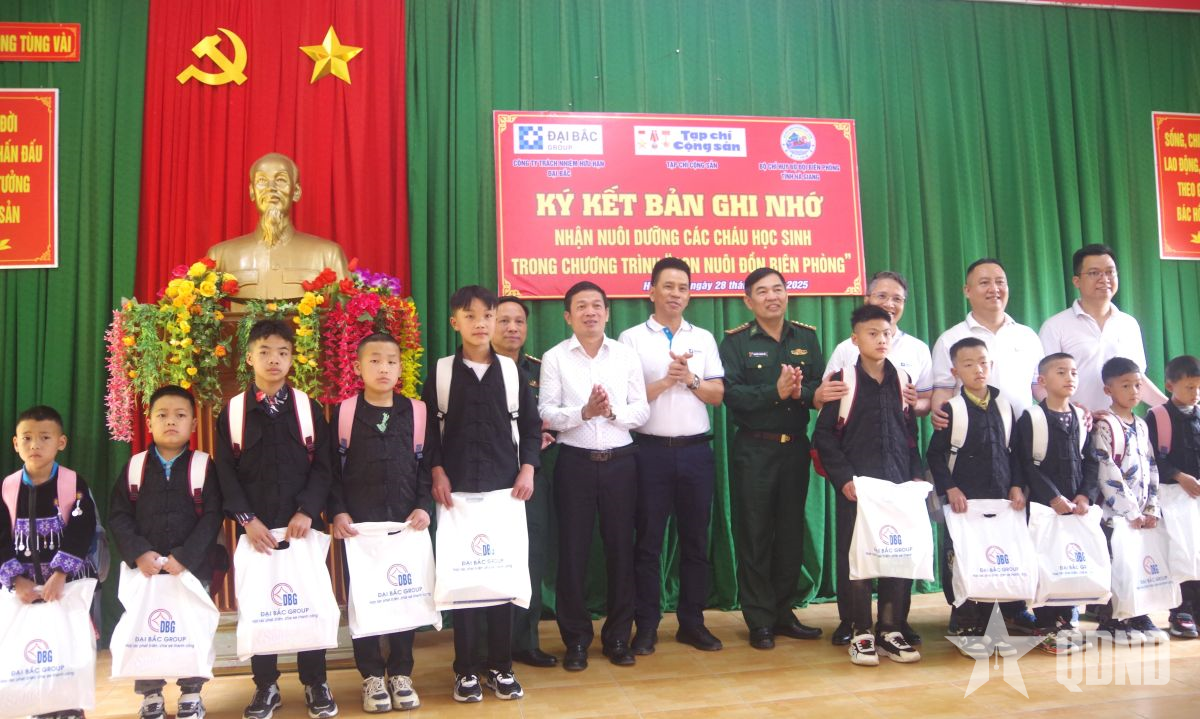







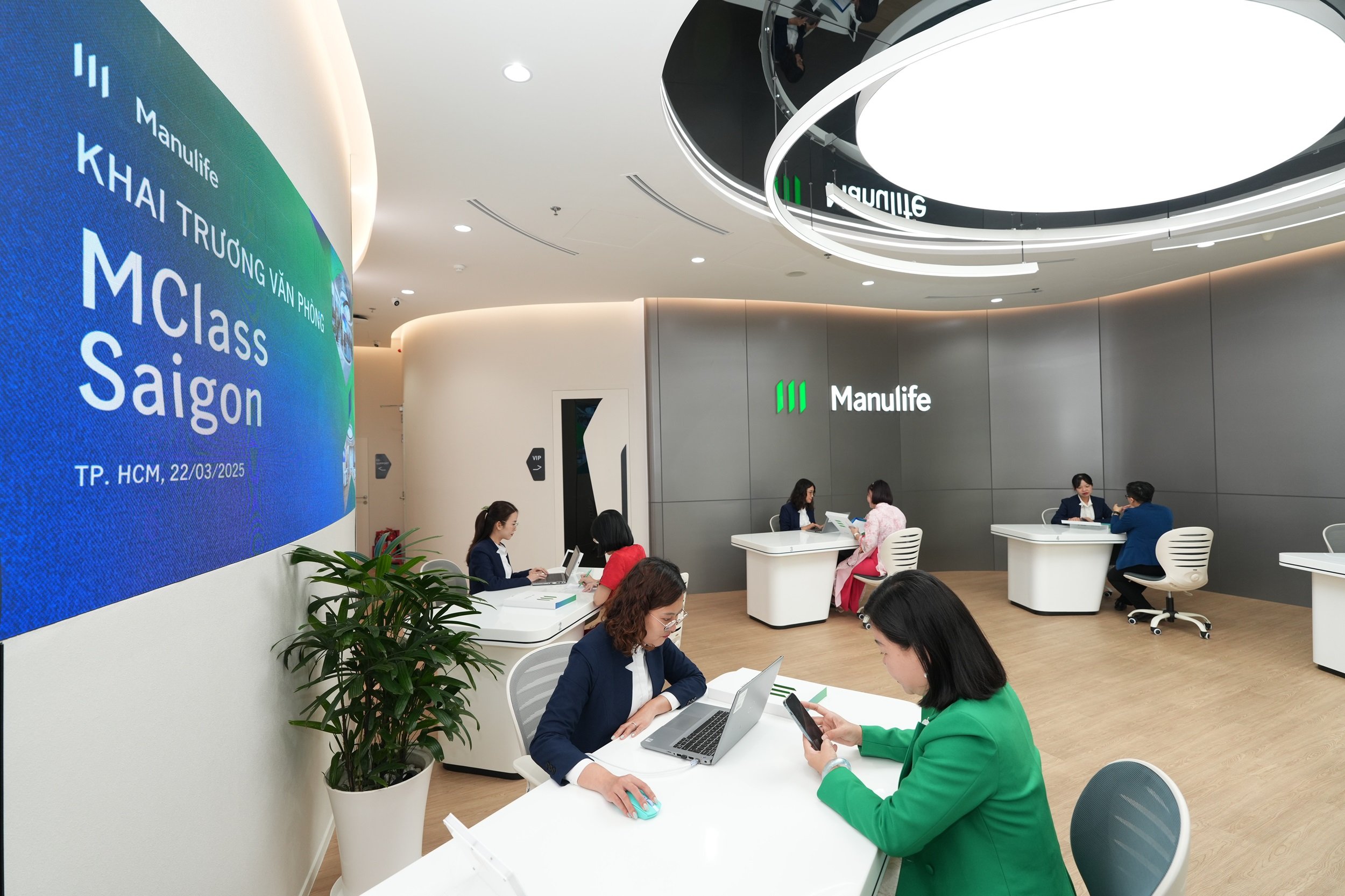







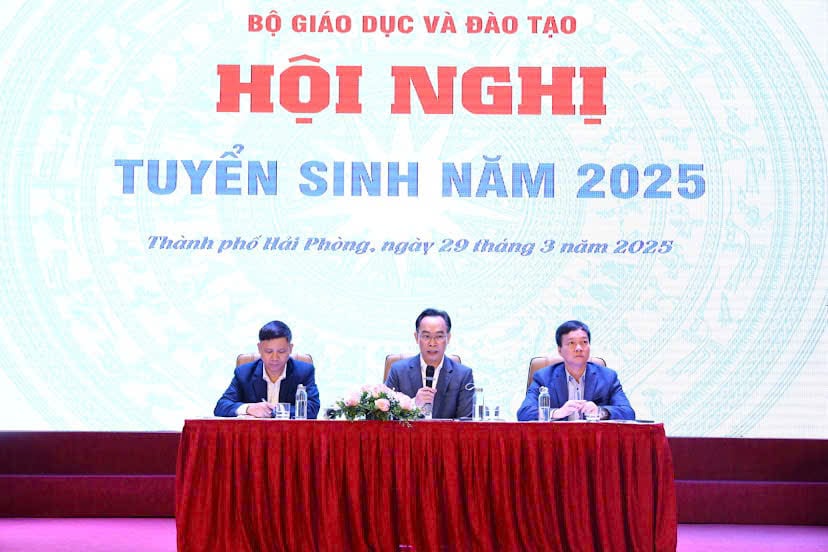



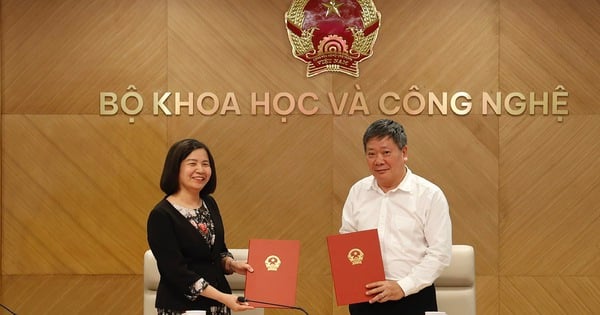

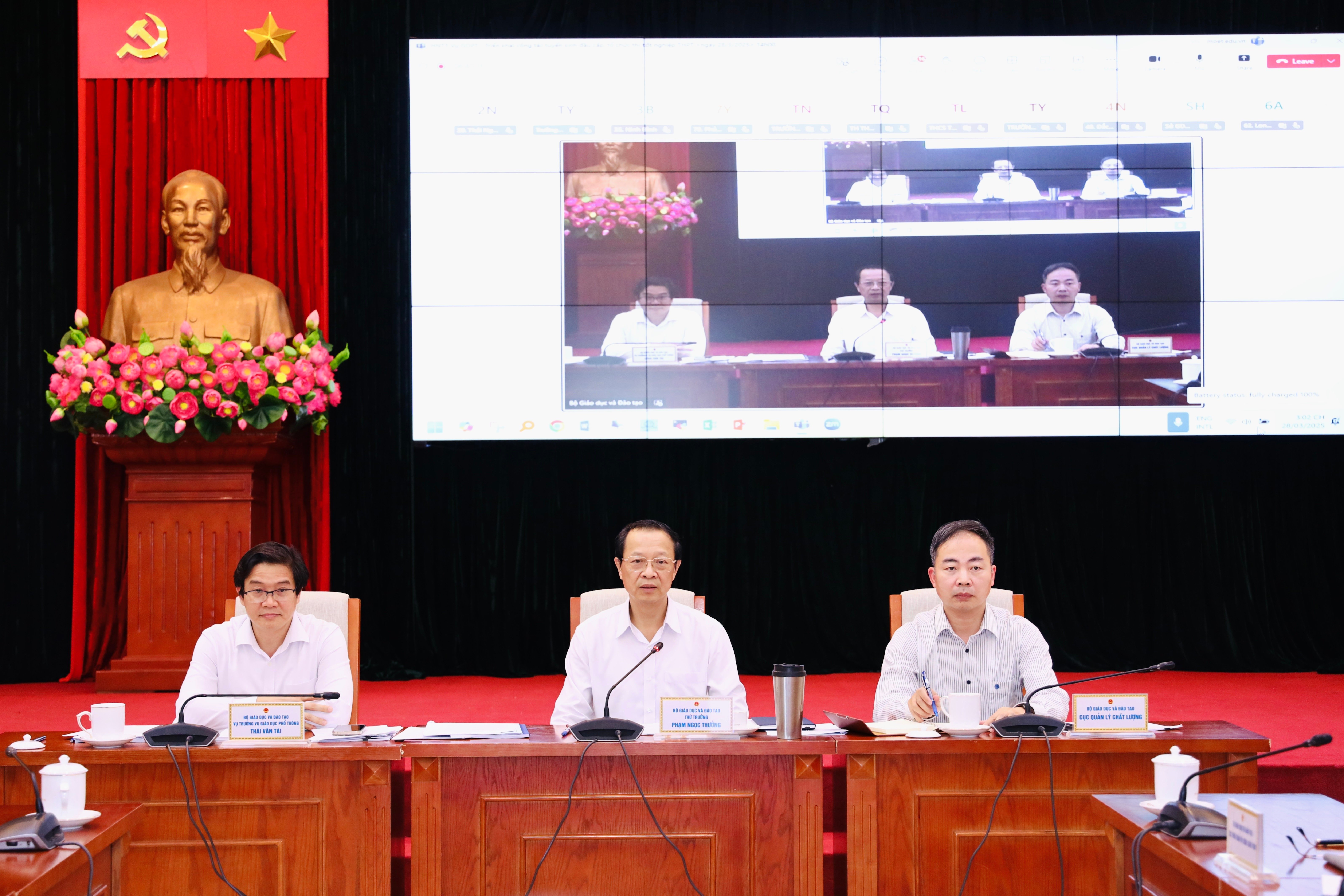
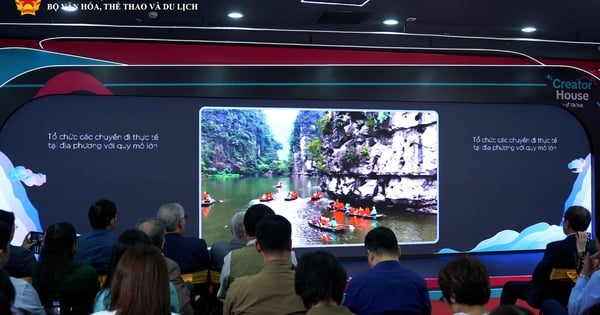
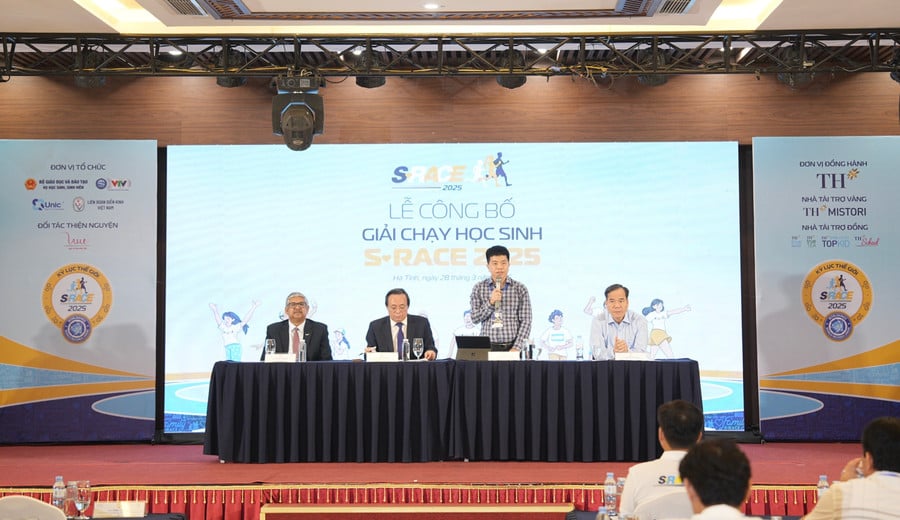
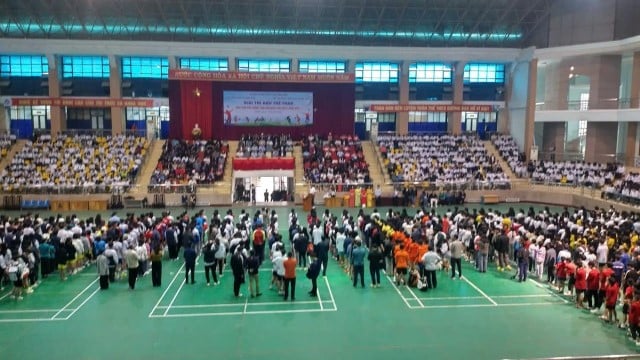






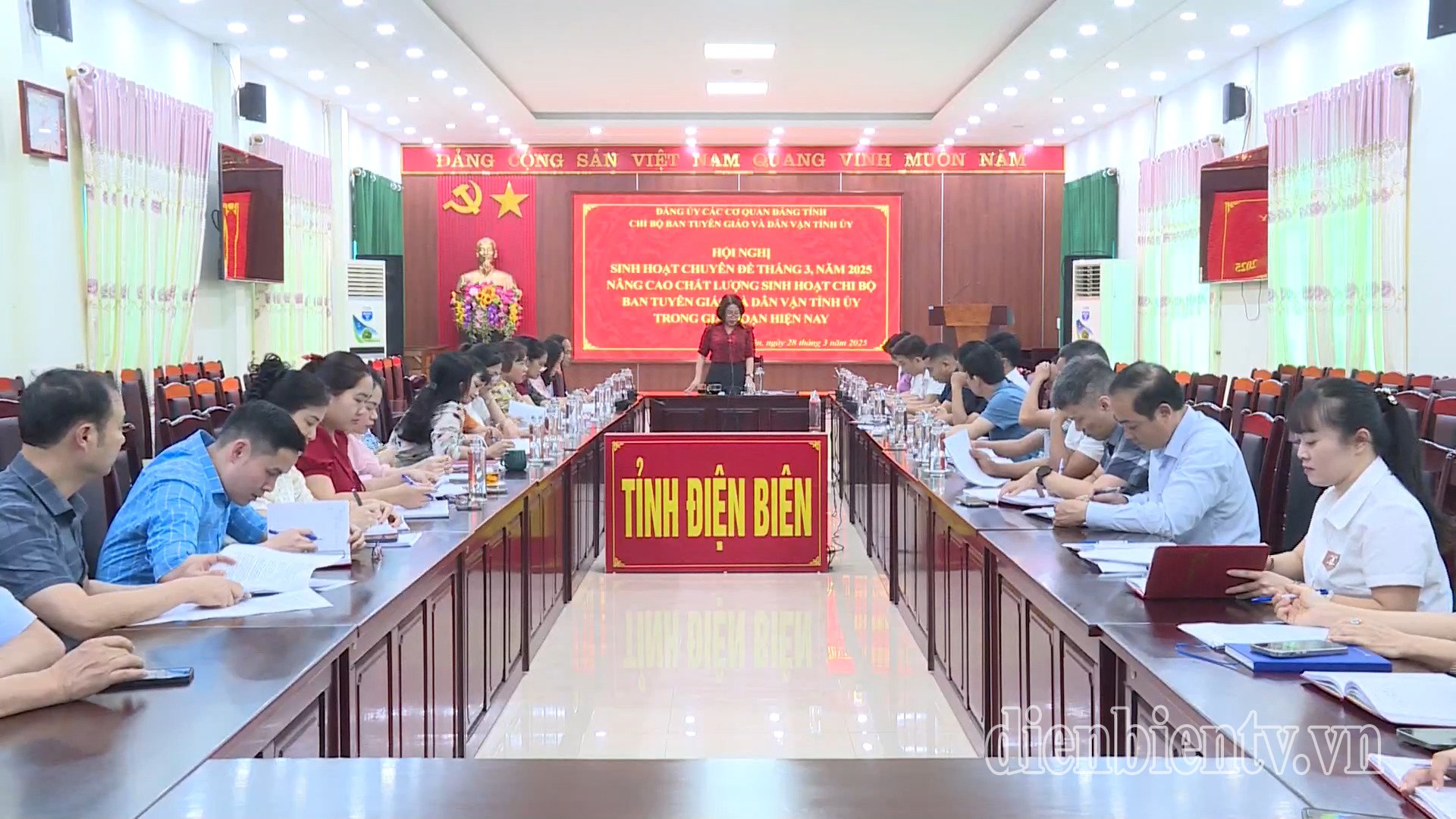



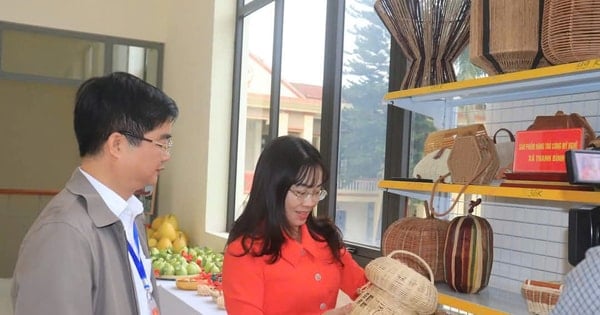

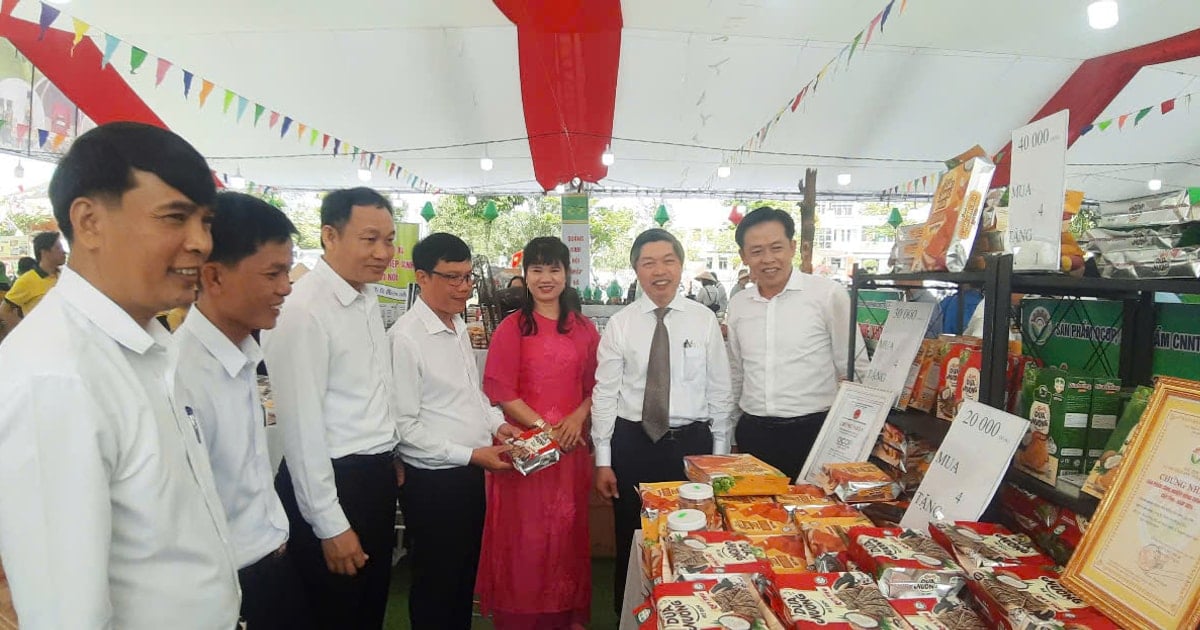



Comment (0)